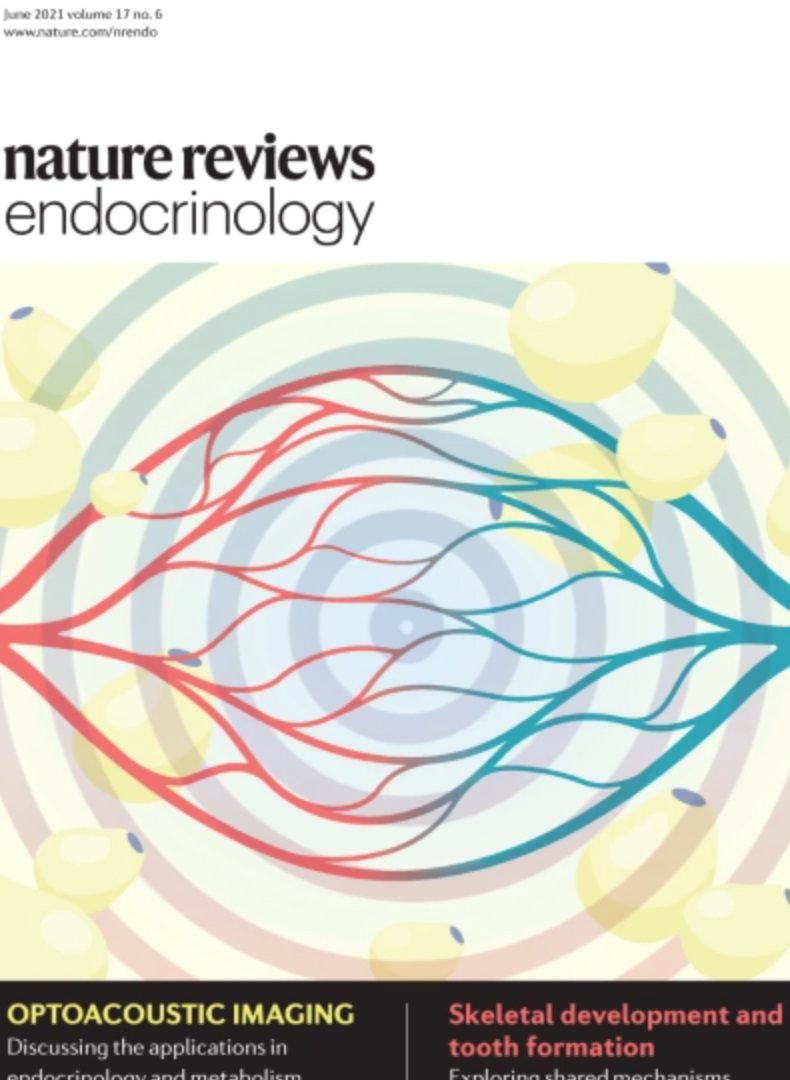Nat Rev Endocrinol. 2021 May 19. doi: 10.1038/s41574-021-00491-4. Online ahead of print.
Rodanthi Lyraki 1, Andreas Schedl 2
Affiliations
1 Université Côte d’Azur, INSERM, CNRS, Institut de Biologie Valrose, Nice, France.
2 Université Côte d’Azur, INSERM, CNRS, Institut de Biologie Valrose, Nice, France. schedl@unice.fr.
Abstract
Resident progenitor and/or stem cell populations in the adult adrenal cortex enable cortical cells to undergo homeostatic renewal and regeneration after injury. Renewal occurs predominantly in the outer layers of the adrenal gland but newly formed cells undergo centripetal migration, differentiation and lineage conversion in the process of forming the different functional steroidogenic zones. Over the past 10 years, advances in the genetic characterization of adrenal diseases and studies of mouse models with altered adrenal phenotypes have helped to elucidate the molecular pathways that regulate adrenal tissue renewal, several of which are fine-tuned via complex paracrine and endocrine influences. Moreover, the adrenal gland is a sexually dimorphic organ, and testicular androgens have inhibitory effects on cell proliferation and progenitor cell recruitment in the adrenal cortex. This Review integrates these advances, including the emerging role of sex hormones, into existing knowledge on adrenocortical cell renewal. An in-depth understanding of these mechanisms is expected to contribute to the development of novel therapies for severe endocrine diseases, for which current treatments are unsatisfactory.
PMID: 34011989
DOI: 10.1038/s41574-021-00491-4

